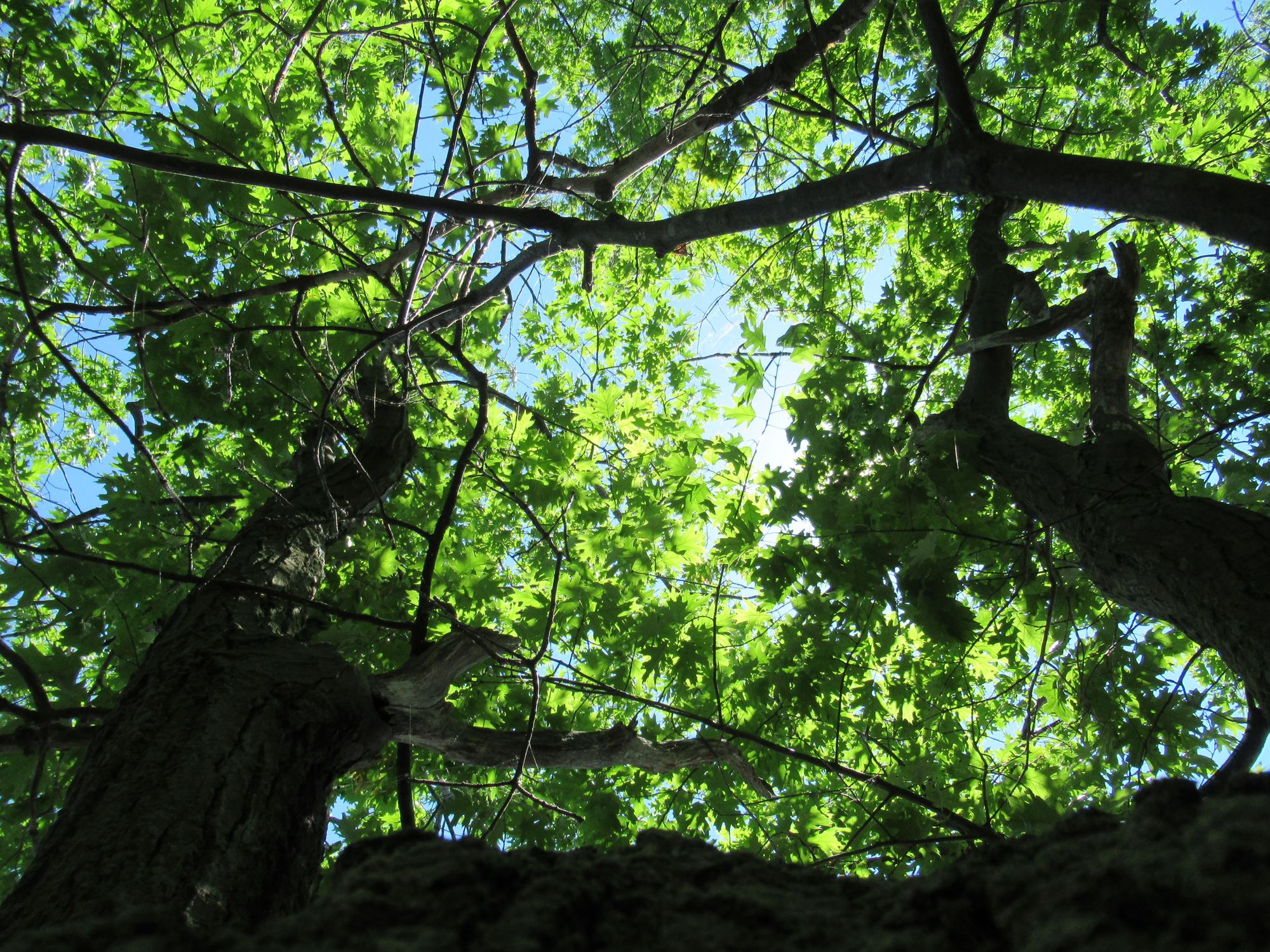Although the Grimm Brothers’ tale of Hansel and Gretel surviving alone in the woods after being abandoned by their parents is based on a grim reality – the famine of 1314-1320 – there are compelling reasons to take kids into a forest today. As long as they are closely supervised, of course, and are brought to their respective homes right afterward.
Research on the health benefits of being in a forest environment is so compelling that urban daycares in Finland “built” forests for kids to use. As part of a study on childhood immune systems and overall health, these ersatz woodlands were made by spreading topsoil over play yards, which had been either gravel or concrete. The soil was then planted with native trees, shrubs, and flowers. For obvious reasons, gingerbread houses were not included in the forest plots.

The idea that immersion in nature helps us feel good is old news, of course. Patients in rooms with tree views have shorter hospital stays and report less pain as compared to those who do not have access to a natural vista. University students have been found to score higher on cognitive tests when their windows face natural settings.
Evidence goes far beyond casual observations. Over the past two decades, Real-time brain imaging with MRI and PET scans, as well as blood-cortisol levels, heart rate, and blood pressure have been used in a host of studies on the benefits of being close to nature. Science has demonstrated that spending time in the woods is so helpful that doctors are now recommending “forest bathing,” which is simply 20 minutes a day spent in the woods. Forest immersion is prescribed along with medications to treat anxiety, pain, high blood pressure, and other ailments. Controlled studies have also revealed that after just an hour in the woods, memory performance and attention span improve by 20%.
Older research has shown improvements in eyesight, brain development, and mental health among children exposed to nature, but it seems no one looked at the effect of nature on children’s immune systems until recently. A four-week study conducted in 2020 through the University of Helsinki compared a number of immune markers in 3-, 4-, and 5-year-olds at ten daycares throughout the urban core of Helsinki. Four of the ten daycares had been greened-up with mini-forests, while the rest were conventional city play-lots, either paved or covered by gravel.
After just 28 days, the microbial community in the guts and on the skin of children who played in nature was more diverse than it was at the beginning of the project. A higher diversity of skin microbes is correlated with stronger immune systems. To be specific, and maybe too technical, the “nature kid” group had lower levels of a protein called IL-17A, which is linked to autoimmune diseases. They also had elevated blood T-cell counts as compared to their initial baseline and to the group that didn’t get a chance to play in the woods and eat dirt, or at least get dirt on them.
The University of Helsinki study, which you can find in the journal Science Advances, includes a statement by the authors that “The results of this study support the hypothesis that low biodiversity in the modern living environment may lead to an un-educated immune system and consequently increase the prevalence of immune-mediated diseases.” There we have it: among other perks, the forest educates our immune systems.
While the research is definitely Finnish, it’s not really finished. The scientists agree more work is needed. They recommend a larger study (this one had 75 children participating) to confirm their findings, and also say that while they’ve shown being in nature gives kids healthier immune systems, they do not yet know exactly how or why it happens.
We need to think of communion with nature as an essential part of our health, and act accordingly. I encourage everyone to start forest-bathing as soon as possible for lower blood pressure and smarter immune systems. And we should get Hansel, Gretel and all other children out in the woods more often, too. Just don’t leave them there.
By Paul Hetzler, thanks Laurent Dubois for this topic.
Paul Hetler is a former Cornell Extension educator, and he also writes books! His most recent, and one you must have for your island library -Head of the Class: Smart as Slime Mold: Nature's Funny Bone Revealed is available on Amazon.com and Amazon.ca.
Marie-Anne Erki
Marie-Anne Erki is TI Life's illustrator and accomplished artist. This month she chose a photograph she found in her camera collection. She is also Professor Emeritus of Civil Engineering at Canada's Royal Military College where she taught for twenty years. She has already produced individual illustrations for Patrick Metcalf's The Witch of Wellesley Island (see STORIES+) and illustrated many of Paul Hetlzer's past articles.
Editor's Note: I always think Paul will run out of topics, but this month he says he is happy he found this topic as "he is relieved to have a legitimate excuse for a dirty house."
Posted in: Volume 17, Issue 8, August 2022, Nature
Please click here if you are unable to post your comment.
